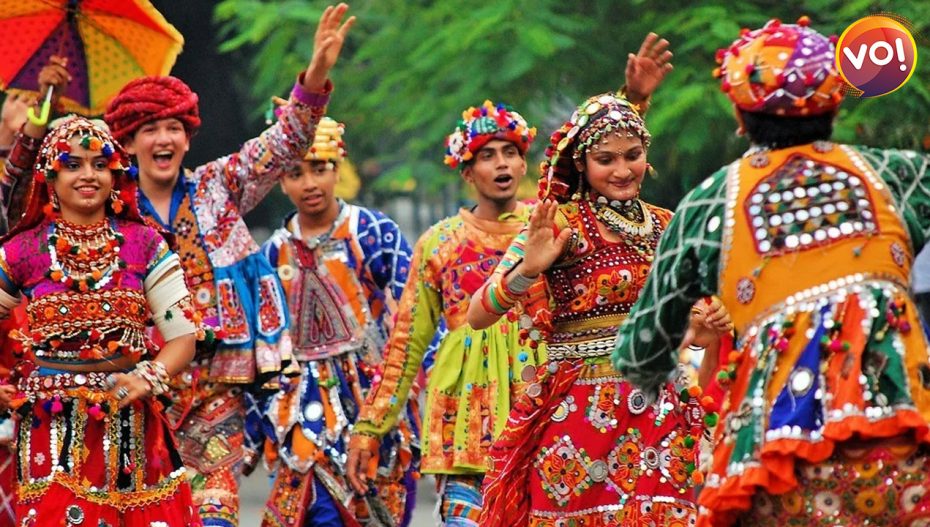In a bid to preserve its art and cultural legacy, India has nominated the typical Gujarati folk-dance-form ‘Garba’ for its inclusion in UNESCO’s intangible cultural heritage list.
Meanwhile, the latest nomination will be considered for the next year’s listing, a top official mentioned on Saturday, August, 27, 2022.
UNESCO’s Intangible Cultural Heritage Secretary, Tim Curtis signified the related details during a presentation held at the National Museum in New Delhi to mark the UNESCO tag, awarded to West Bengal’s Durga Puja festival last December.
Earlier in December 2021, the Intergovernmental Committee of UNESCO’s 2003 Convention on Safeguarding the Intangible Cultural Heritage included Durga Puja to its 2022’s representative list.
“The latest nomination will be considered for the next year cycle. The nomination files will be examined by the evaluation body mid-2023 and the inscription will be decided at the 2023 session of the committee by the end of next year,” Curtis declared.
In one of his presentation slides that carried an image of Garba performers, with a caption ‘Garba of Gujarat — India’s next element’ mentioned that the “file was currently undergoing technical treatment by the Secretariat.”
Curtis, during his phenomenal address praised India for its rich cultural diversity, adding- “it has a whole breadth and diversity in its intangible cultural heritage.”
India currently has 14 Intangible Cultural Heritage (ICH) elements that are inscribed on the list- Ramlila, Vedic Chants, Kumbh Mela, Kalbelia, Chhau Dance, Buddhist Chanting, Koodiyattam, Mudiyett, Nawruz, Sankirtana, Ramman, Traditional Brass and Copper Craft of Utensil making, Yoga, and the latest being Kolkata’s Durga Puja.
Durga Puja was inscribed on the coveted list at the committee’s 16th session held at Paris, France. The committee had commended Durga Puja for its initiatives to involve marginalised groups, specially participation of women in safeguarding its element and values.
The Director and UNESCO Representative to India, Bhutan, the Maldives and Sri Lanka, Eric Falt while highlighting India’s rich cultural diversity said, “India, perhaps offers more intangible cultural heritage practices than any other country in the world. And, many of them are in need of safeguarding. We at UNESCO work closely with the government of India in preservation of monuments and the intangible cultural heritage, which many times tourists miss or are not much aware about.”
The folk-dance Garba has its origin from India’s western Gujarat state. The word Garba has been derived from the Sanskrit term ‘Garbha’ that means ‘womb’. The speciality of this dance lies in its appearance and practice. It is performed around the clay lantern with a light inside called Garbha Deep or Womb lamp- representing light as a foetus (in the form of life) within the womb.










